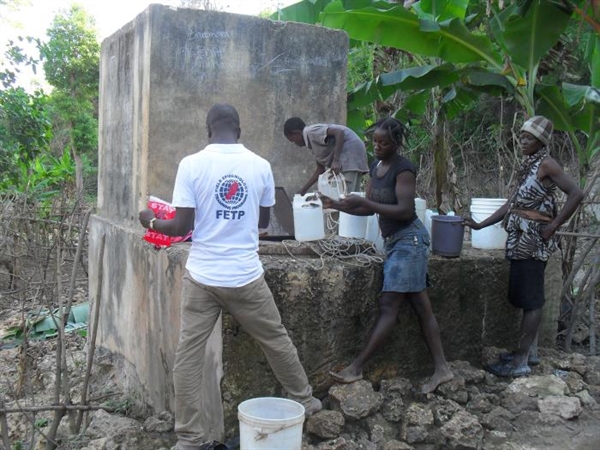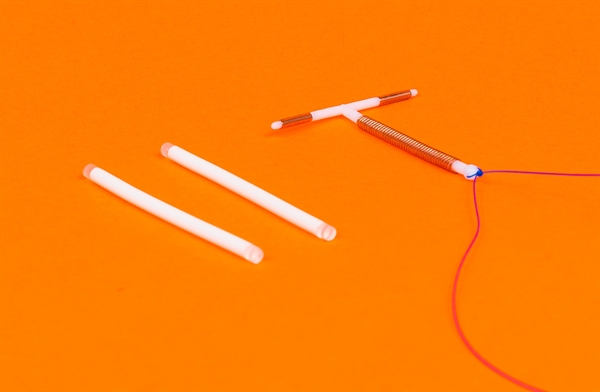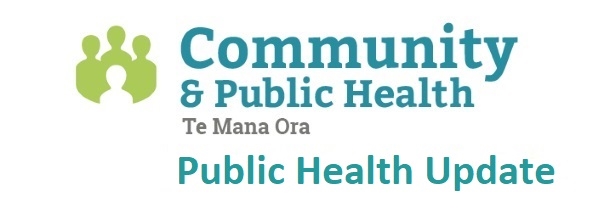June 2023
Legionellosis

In late February Te Mana Ora was notified of a case of legionellosis in a Canterbury rest home resident. The 83 year-old man had been hospitalised with pneumonia and was not a gardener. Testing of the rest home’s water system identified Legionella pneumophila. Extensive work has since been undertaken at the facility to shock treat the system, remove dead-legs in the reticulation, raise hot water temperatures, and install tempering valves. Water testing results are now satisfactory.
Legionella bacteria are widely distributed in soil and water sources in New Zealand. Legionellosis cases often peak in Spring in our region, in association with gardeners’ seasonal increased exposure to compost and potting mix. Other year-round sources include spa pools, fountains, cooling towers, and building hot water systems that do not maintain adequate temperatures to prevent legionella growth.
Health protection officers interview all legionellosis cases and carry out environmental sampling to identify and manage potential sources of the bacteria.
Guidance on patient testing for suspected legionellosis cases (sputum for PCR and culture) is available on the Community-acquired Pneumonia page on Community HealthPathways.
Typhoid fever

Resumption of international travel has seen a spike in cases of typhoid fever in our districts, with a record seven cases notified so far in 2023.
Typhoid fever is caused by Salmonella typhi bacteria, often present in contaminated food or water in developing countries. Most New Zealand cases are in people returning from overseas, especially from the Pacific and South Asia. Common symptoms include:
- Fever
- Chills
- Abdominal pain
- Tiredness
- Headaches
- Loss of appetite
- Constipation in adults or diarrhoea in children
- Muscle aches
- A rash of small pink spots on the trunk
Symptoms usually develop 8-14 days after exposure to the bacteria. Treatment is with antibiotics. Untreated, the illness may last for 3-4 weeks and have serious complications, with a case fatality rate of 20%. Worldwide, 110,000 people die from typhoid fever each year.
For patients with compatible symptoms, enquire about travel history, and include travel details on your blood and stool sample requests. Guidelines for investigation of fever in returning travellers are available on Community HealthPathways.
IUD as emergency contraception

Community HealthPathways recommends copper intrauterine device (Cu-IUD) as the most effective form of emergency contraception. A Cu-IUCD can be inserted within 5 days of the earliest estimated date of ovulation (eg day 19 of a 28 day cycle), or up to 5 days (120 hours) after the first unprotected sexual intercourse within the current cycle.
Te Mana Ora’s sexual health promoter has worked with the Sexual Health and Blood-Borne Viruses Network, and Family Planning Christchurch in response to reported challenges for some patients in accessing urgent IUD insertion. Family Planning have established three appointment times per week for E-IUD insertion at their Christchurch clinic (Ground Floor, 9 Washington Way, Christchurch – phone (03) 379 0514 and ask for the Christchurch clinic). These appointments are on Monday, Wednesday and Thursday – all at 1pm.
Suspected food poisoning: food testing

In addition to stool sampling for patients with gastroenteritis, Te Mana Ora can arrange food sample testing. If you or your patients suspect food poisoning please notify Te Mana Ora on suspicion, arrange for stool samples, and advise the patient to save a sample of leftover food in a sealed plastic bag in their refrigerator until they have discussed the situation with the investigating health protection officer.
|





